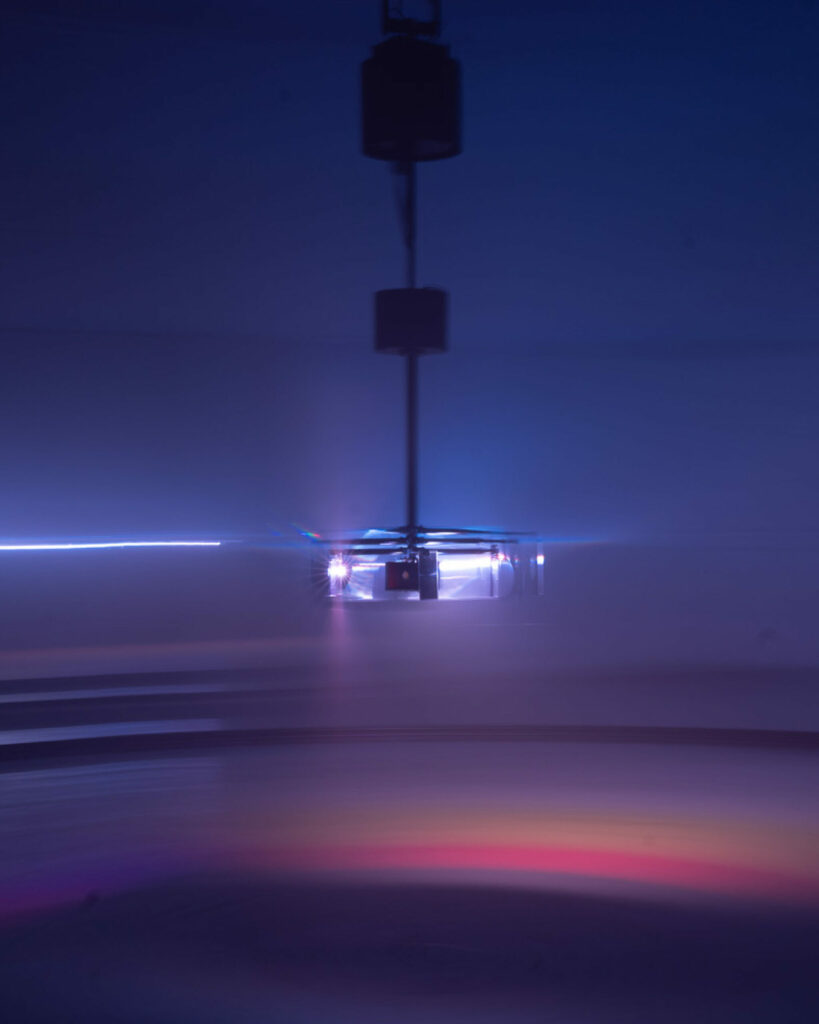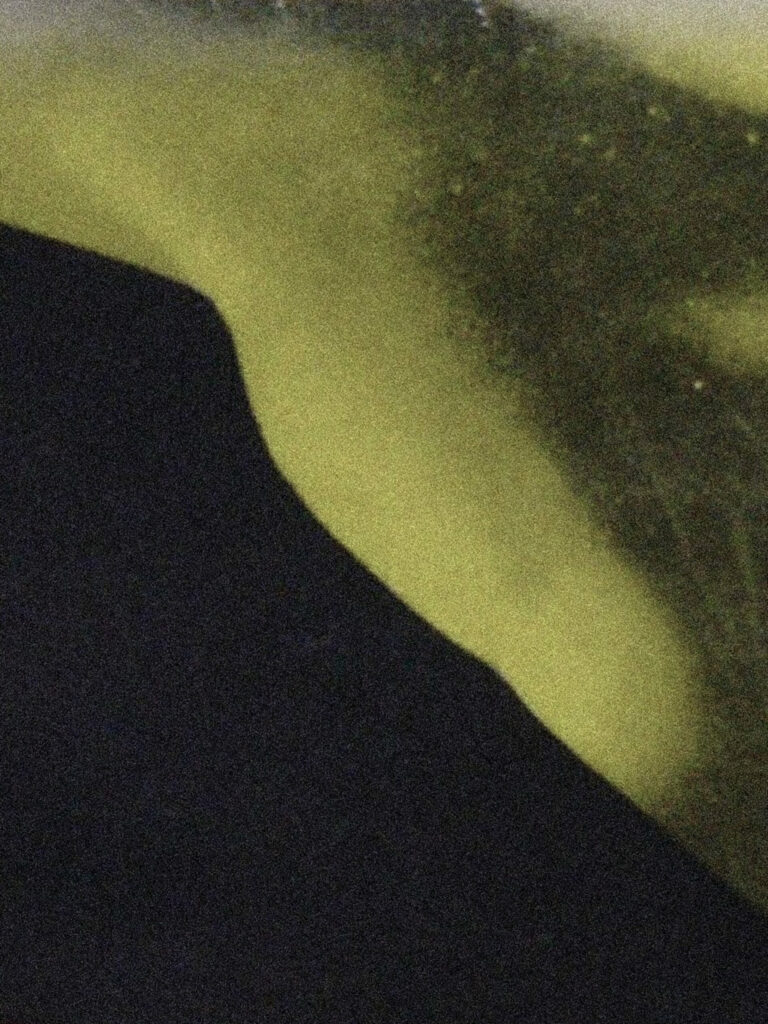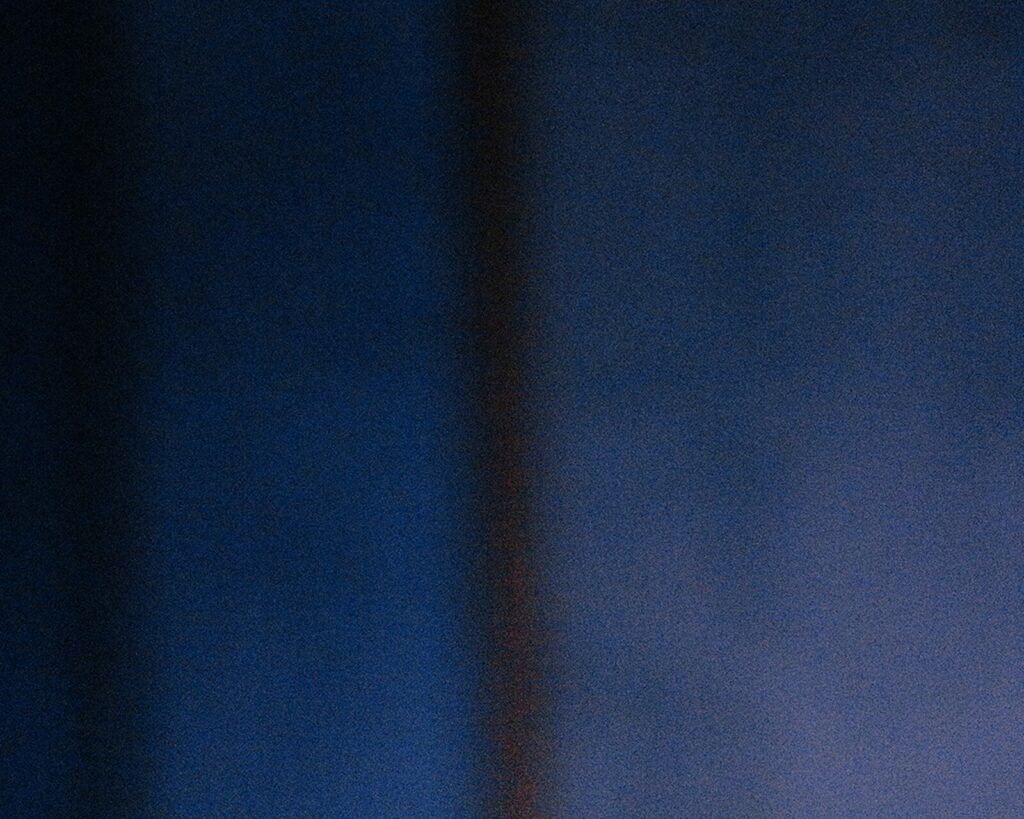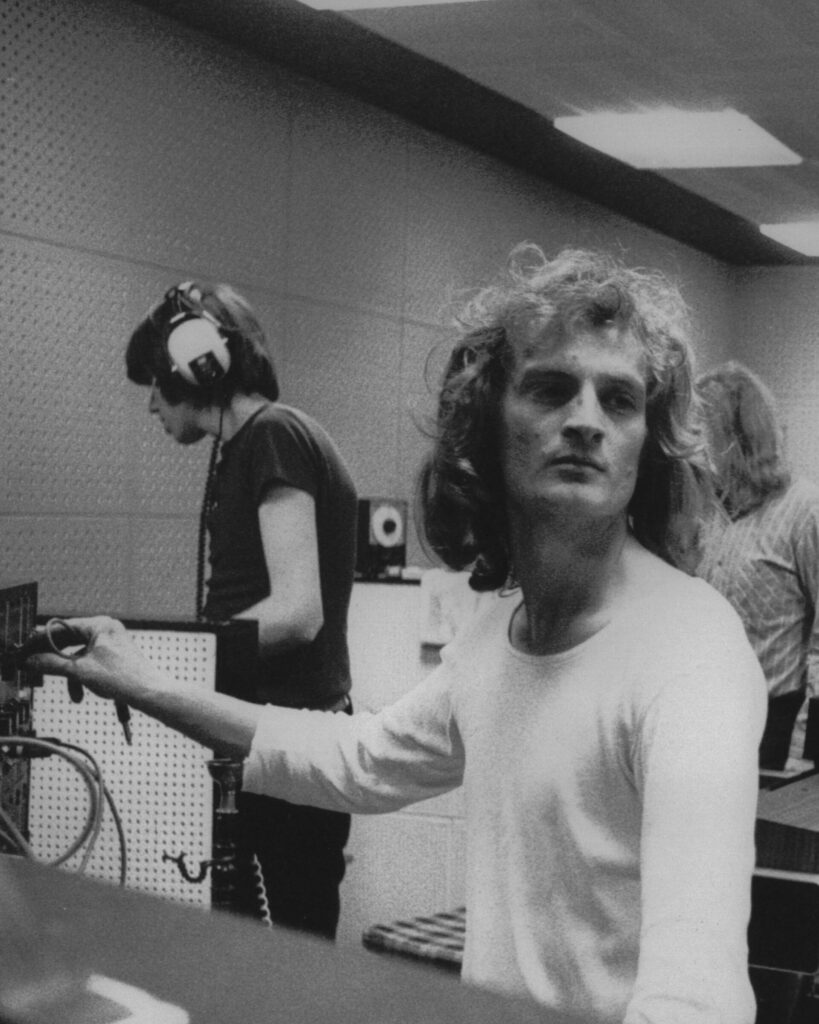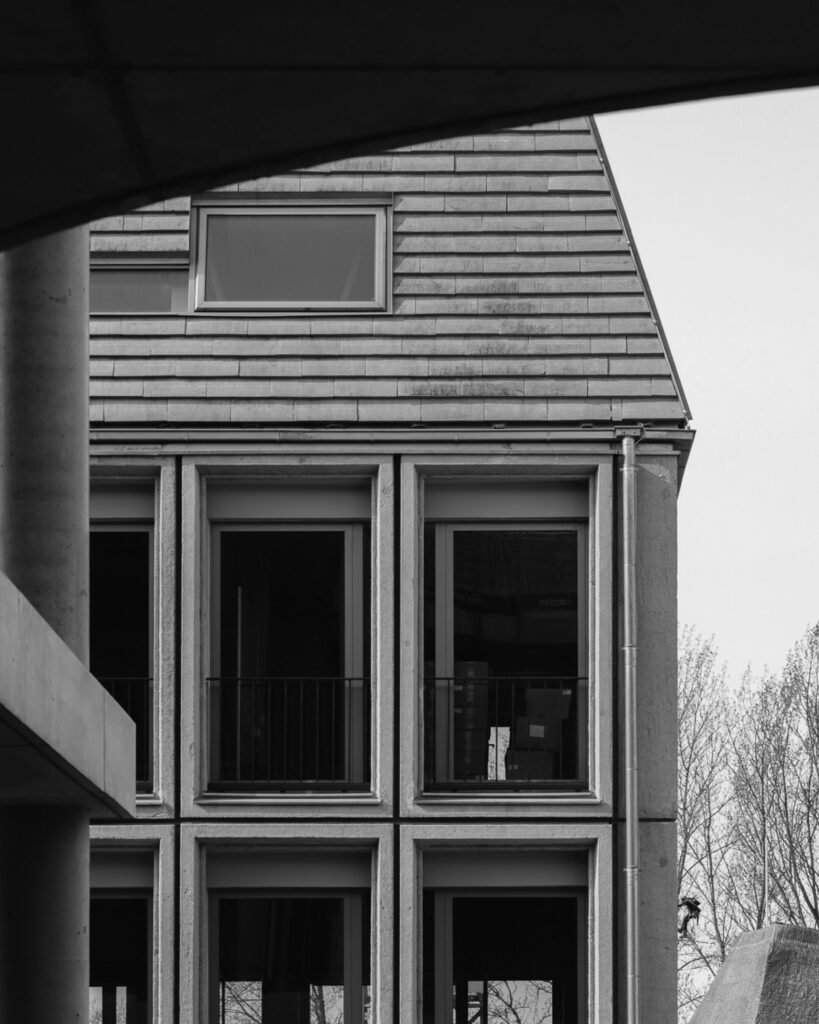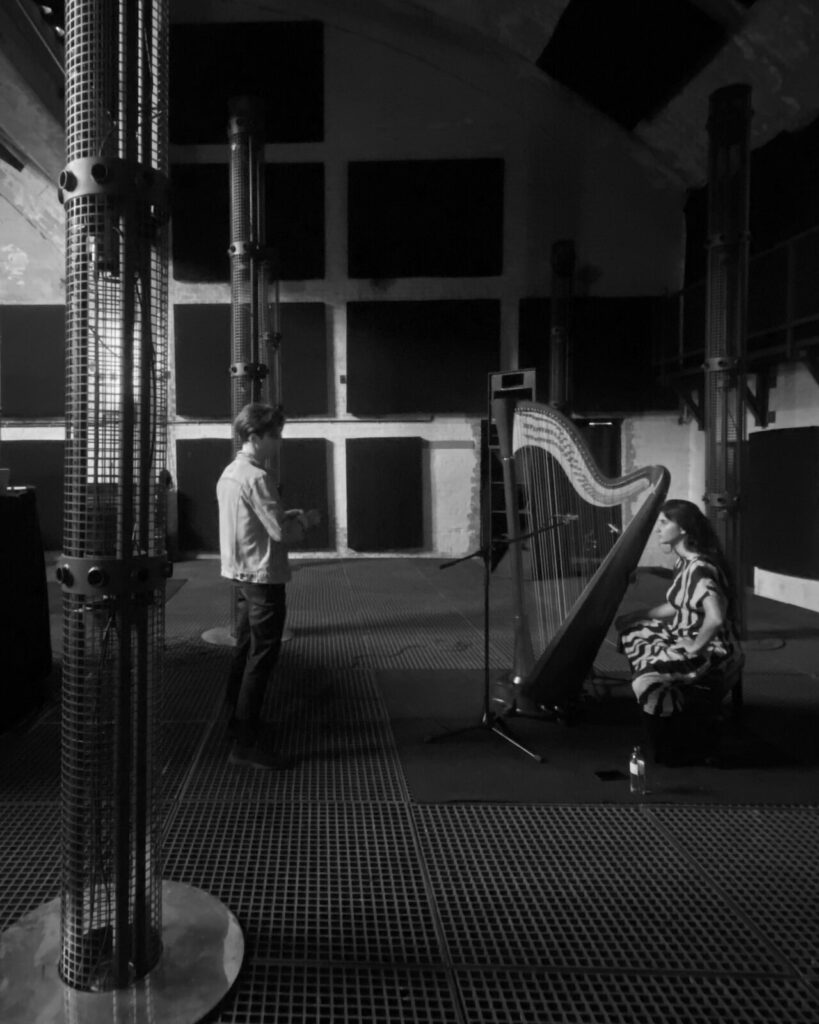A single chord erupts into the room and is sustained by an orchestra for 20 minutes. As suddenly as it began, the sound ends, and is immediately mirrored by an equally oceanic 20 minutes of silence. This is the Monotone Silence Symphony, conceived and first performed by Yves Klein over sixty years ago. Known for his fields of undiluted color, Klein was searching for a musical counterpoint to his visual ideas. With the symphony, Klein shifted from monochrome to monochord, creating a rhapsody in D major that carries the same overwhelming richness in austerity as his paintings. If his paintings were to be, as he claimed, the ashes of his art, the visible aspect of the invisible, then sound was to be the ashes of his true art: silence, which Klein understood as “audible presence.”
Klein’s symphony is scored for 20 singers, 10 violins, 10 cellos, 3 double basses, 3 trumpets, 3 flutes and 3 oboes. The simple, continuous sound harbors a surprising amount of movement, as each player takes a breath and reenters the unison. The result, for the listener, is the feeling of being submerged in the big blue, a very large swell saturated with ripples and subtle pockets that is then simply gone. One vocalist remarked, “The reality is it’s a kind of bizarre, primordial universe chorus. It’s not like any note you’ve ever heard.”
Monotone Silence Symphony is presented in a series of intervals across the course of an afternoon punctuated by sound, curated by Soundwalk Collective. This recording — conducted by Matej Sloboda and performed by the EnsembleSpectrum in 2021 during their 9-hour marathon performance at Nova Cvernovka in Bratislava, Slovakia — has been adapted for the 360-degree spatial sound system of the Reethaus inner chamber. For the first time, Klein’s preeminent musical gesture will envelop listeners from every direction.





